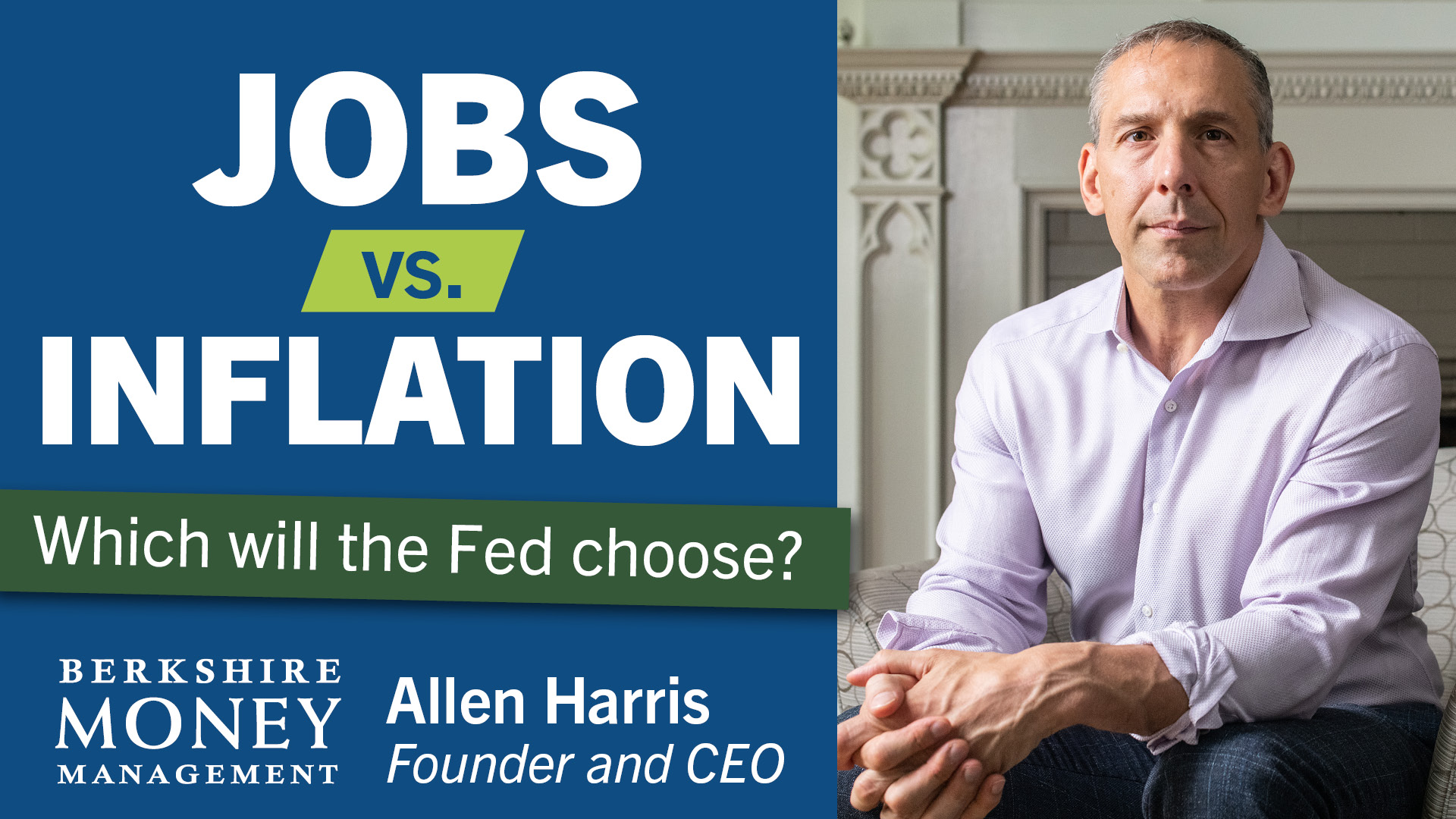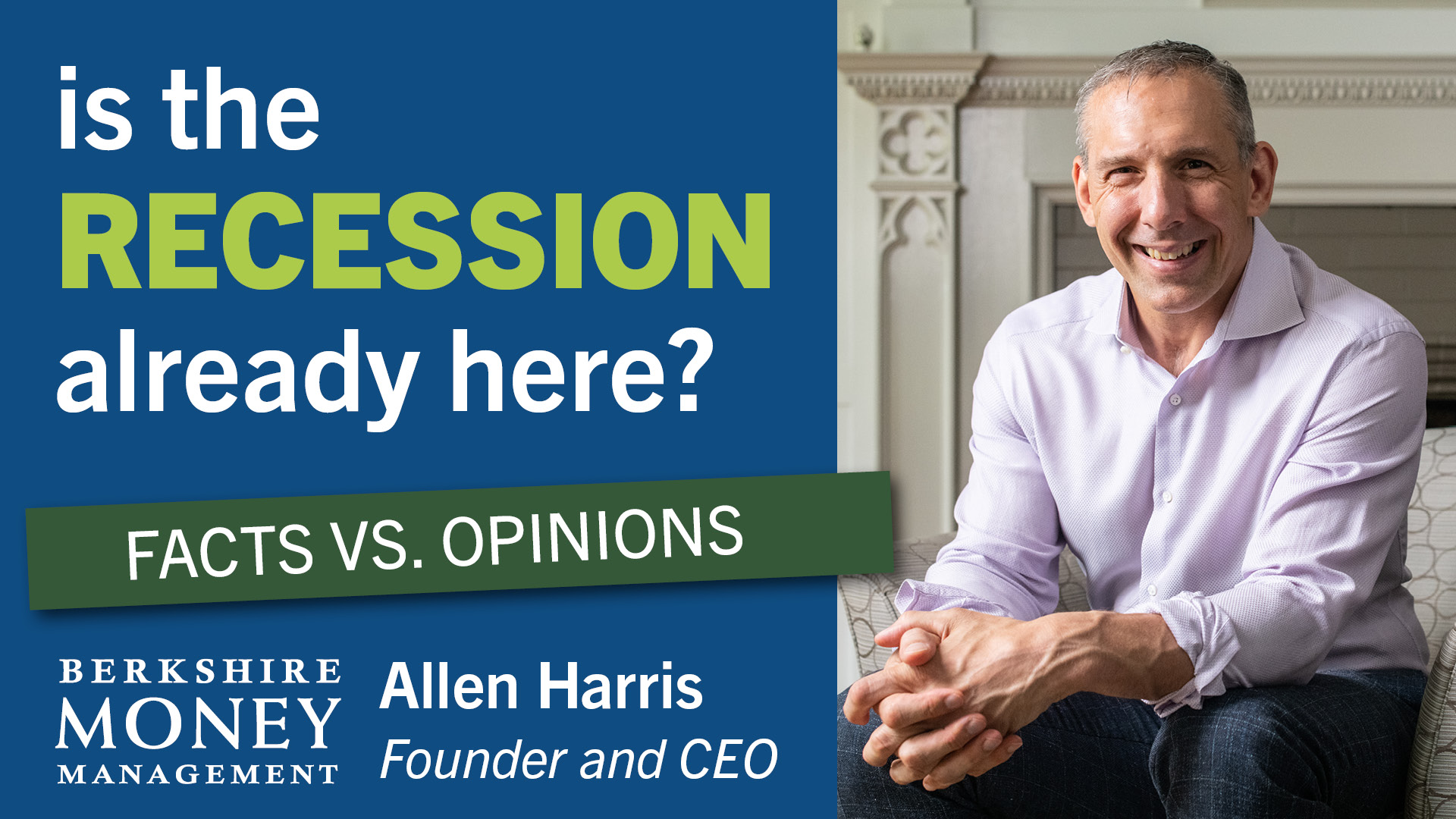When will the stock market bottom?


On May 22, 2022, the stock market will bottom after declining 15.1 percent from its high.
Or, maybe the bottom is already behind us after the decline of the S&P 500 stock market index cracked double digits during intraday trading.
A completed correction looks similar to the start of a new bear market. The problem with guessing when the stock market will bottom is that fundamentals don’t come into play. When selling picks up momentum, many investors don’t raise cash because they calculated a valuation adjustment. Many investors sell declining stocks because it hurts them, which I totally understand. I mean, wouldn’t you prefer to be out of the market wishing you were in than in the market wishing you were out?
There have been countless studies showing that losing a dollar brings us considerably more pain than the unit of joy we receive from gaining a dollar. That’s why fundamentals don’t come into play when calling a bottom — the swing in prices varies dramatically during heightened periods of volatility because of emotion. I don’t use the word “emotion” as a pejorative, just as a descriptor. Price volatility is almost always higher on the way down because our fear grabs the steering wheel, and rationality takes a back seat. The fundamental valuations of major U.S. corporations didn’t drop by 10-or-more percent in less than a month. Investors sold out of fear that tomorrow’s prices would be lower.
It’s hard to say when emotions will peak. Consequently, it’s hard to say when stock prices will bottom.
So maybe the stock market will bottom on May 22, 2022. Or perhaps it bottomed on January 24, 2022.
I kinda think it bottomed on January 24, 2022, when the VIX hit a high of 38.94. (The “VIX,” or “volatility index,” is commonly referred to as the “fear gauge.” It is derived from the prices of index options on the S&P 500 index.)
I try, desperately, to figuratively slap myself in the face twice and yell, “snap out of it,” when I fixate on any one indicator. But I do fancy myself a bit of a student of the VIX. The VIX spiked high enough to have a high conviction that a bottom is in. However, reaching 50 has historically been the closest thing I’ve found to a bell ringing to signal a sustainable turn upwards. One quick note, even if January 24, 2022, was the bottom, bottoms often get re-tested. We could see a rise in the S&P 500 back up to about 4,700 points (about where its 50-day moving average would get to), only to fall back to its previous low, or a bit lower.
How did I select May 22, 2022, as the date of a potential bottom?
The S&P 500 stock market index peaked, on a closing basis, at 4,796 on January 3, 2022.
Since 1950, there have been 36 instances in which the S&P 500 has dropped 10 percent or more.
Thirteen of those 36 cases occurred during recessions. In those recessionary cases, the S&P 500 dropped an average of 29.1 percent throughout 339 days. That would put the S&P 500 at 3,400 points on January 11, 2023.
Twenty-three of those 36 corrections occurred during non-recessionary periods. In those cases, the S&P 500 dropped an average of 15.1 percent throughout 118 days. That would put the S&P 500 at 4,071 points on May 22, 2022.
I am, figuratively, betting on a 110 percent probability that no recession is on the horizon. I feel strongly that the economy will be good this year and in 2023.
Let’s say I am right, and there is no recession for now. Is the stock market correction behind us (having finished on January 24, 2022)? Or will the bottom be closer to May 22, 2022? Dude. I don’t know. Usually, I’d say flip a coin. But this time, we have a double whammy — the Federal Reserve bank is becoming less accommodative in the same year the U.S. contends with mid-term elections. That tips the odds to a less-than-best-case scenario.
I think there’s a two-in-ten chance that the stock market bottomed on January 24, 2022. I believe there is a six-in-ten chance that the stock market has about another five percent down to go up until it bottoms around May 22, 2022.
However, the Fed is willing to sacrifice the stock market to get inflation under control. Because of that, there is a two-in-ten chance that the stock market will drop closer to 20percent around September 2022.
Yeah, a 20-percent drop. A replay of the December 2018 Fed-induced crash isn’t ruled out. In a short period, the expectation of two hikes of the federal funds rate in 2022 has doubled to four hikes plus quantitative tightening. The Fed wants to be a more active contributor to bringing down inflation. Those updated expectations may not be the limit of their actions. I believe there is a non-zero chance that the Fed will act much more aggressively than the stock market is willing to digest.
In April 2021, and as recently as January 2022, I have been shifting my portfolios toward asset classes that are prone to be less volatile in that type of environment. My guess is that I’m not yet done taking precautionary steps. After all, the pain of losing a dollar is greater than the joy of making a dollar.
Traditionally, stock sectors like the Industrials and Consumer Discretionary perform relatively well when interest rates rise. Rising interest rates are a sign of an improving economy. However, this time, it’s not that the economy is getting better – the economy is currently booming. The latest read on Gross Domestic Product (GDP) was 6.9 percent for the fourth quarter of 2021 (Q4 2021).
That booming growth was led by a surge of inventories (adding 4.9 percentage points to that growth) required to fulfill massive consumer demand. That inventory growth was the biggest gain in inventories since the 1980s. It will probably drag on GDP in subsequent quarters because even a massive inventory build could still be less than that of Q4 2021. For the GDP, it’s the change of inventories that matters, not the amount. The point is, the economy isn’t good, getting to great. It’s incredible, shrinking to great.
It is often a bad idea for investors to say, “this time it’s different,” ignoring historical tendencies. But, this time, it feels a bit different. Typically, I’d find a way to get a fair amount of direct exposure to sector bets. My direct sector bets will be fewer and command a smaller allocation this time around.
More broadly, I remain invested as if January 24, 2022, was a meaningful low but will be tested at slightly low levels in the months ahead.
Allen Harris is the owner of Berkshire Money Management in Dalton, Massachusetts, managing investments of more than $800 million. Unless specifically identified as original research or data-gathering, some or all of the data cited is attributable to third-party sources. Unless stated otherwise, any mention of specific securities or investments is for illustrative purposes only. Adviser’s clients may or may not hold the securities discussed in their portfolios. Adviser makes no representations that any of the securities discussed have been or will be profitable. Full disclosures. Direct inquiries: [email protected].
This article appeared originally in The Berkshire Edge on February 7, 2022.
Allen is the CEO and Chief Investment Officer at Berkshire Money Management and the author of Don’t Run Out of Money in Retirement: How to Increase Income, Reduce Taxes, and Keep More of What is Yours. Over the years, he has helped hundreds of families achieve their “why” in good times and bad.
As a Certified Exit Planning Advisor, Certified Value Builder, Certified Value Growth Advisor, and Certified Business Valuation Specialist, Allen guides business owners through the process of growing and selling or transferring their established companies. Allen writes about business strategy in the Berkshire Eagle and at 10001hours.com.






